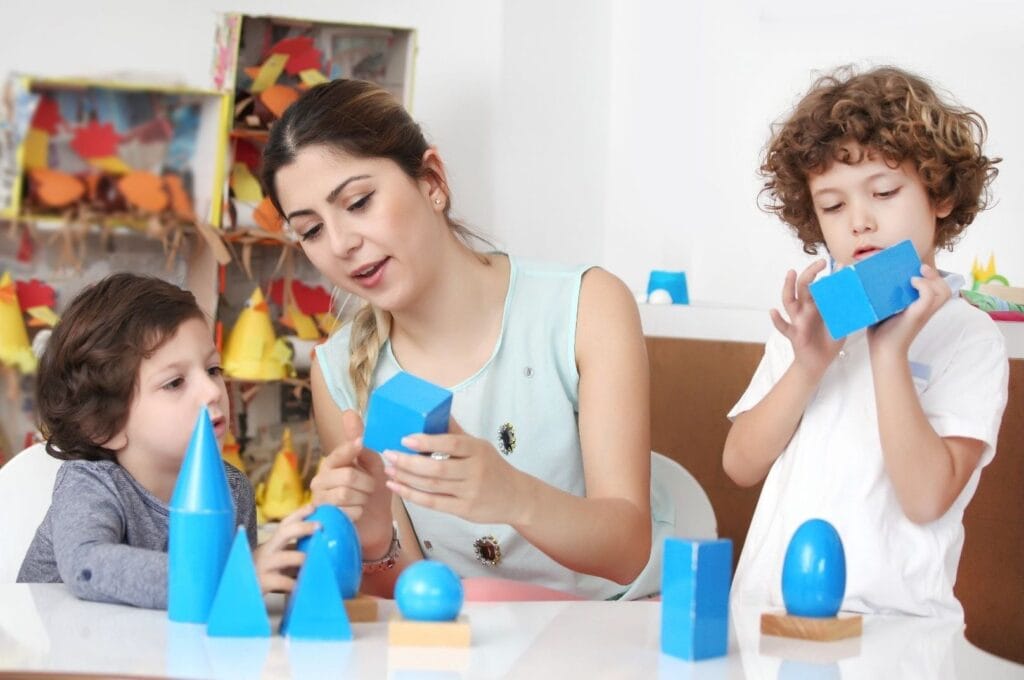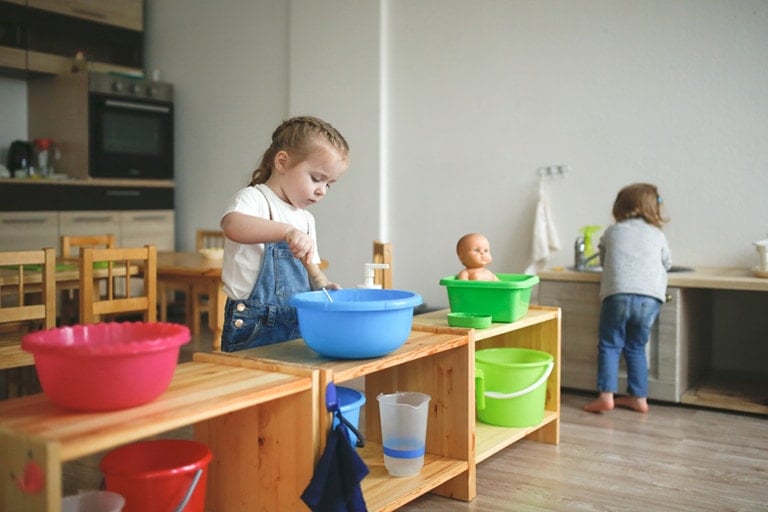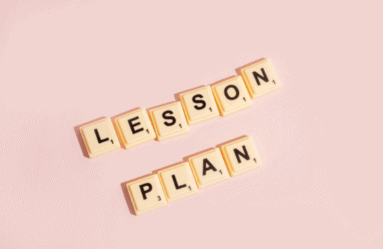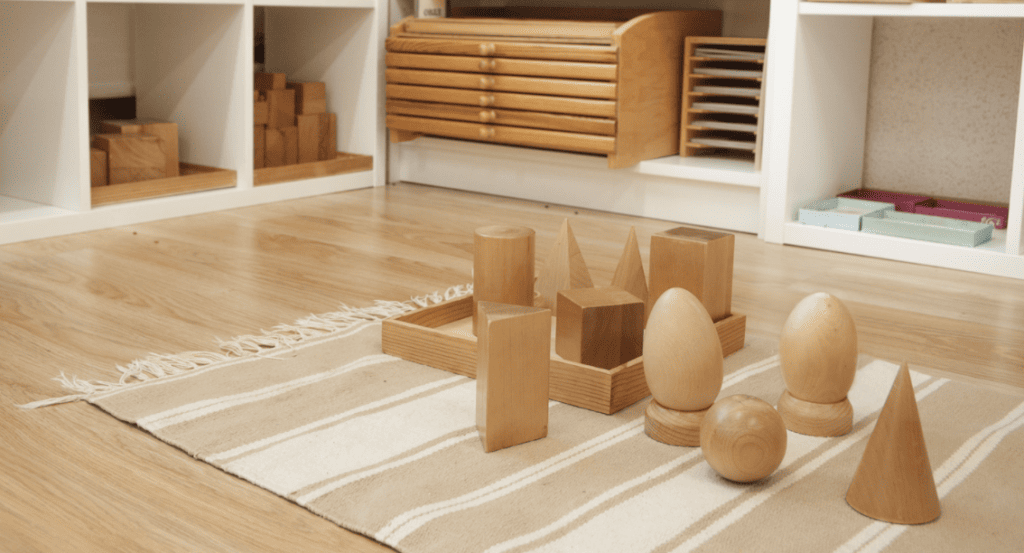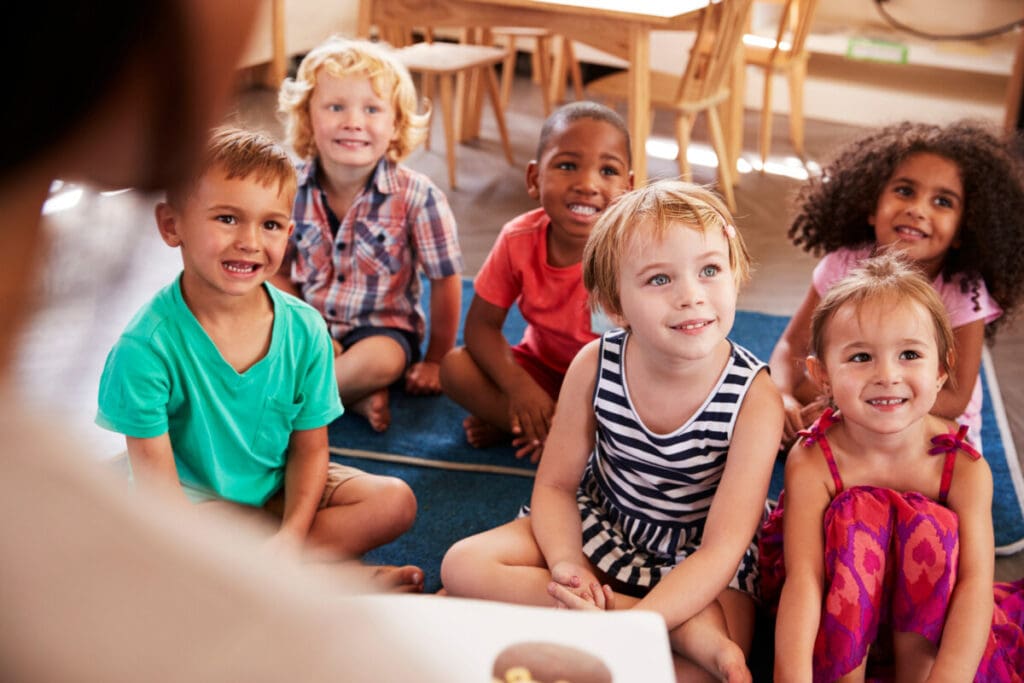Music and movement activities are essential in helping children develop during early childhood. Music and movement feature prominently in the daily life of a
Music and movement should be taught to preschoolers through the introduction of hands-on experimentation and demonstration of activities in the prepared environment. Each of the child’s senses should be involved in the process. The role of the teacher is to guide the activities rather than lead them.
Music and movement activities are great learning tools because they engage each of the child’s senses. Sensory engagement is one of the cornerstones of the
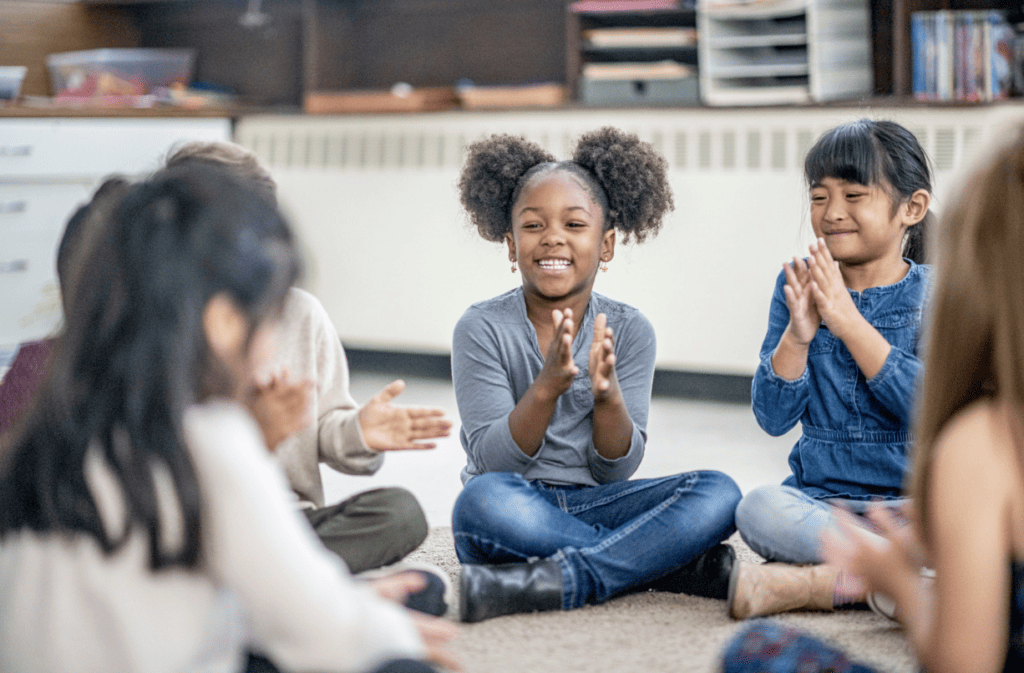
How to Teach Music and Movement to Preschoolers?
Maria
So with the above in mind, how do you teach music and movement to preschoolers using the
There should be ample opportunities in the environment for the preschooler to engage in activities, such as musical instruments on the shelf or a guided exercise.
Music and movement activities should be included in the daily activities of the classroom and should be introduced by the teacher. The role of the teacher is to guide the preschoolers in an activity but let the preschoolers take the lead.
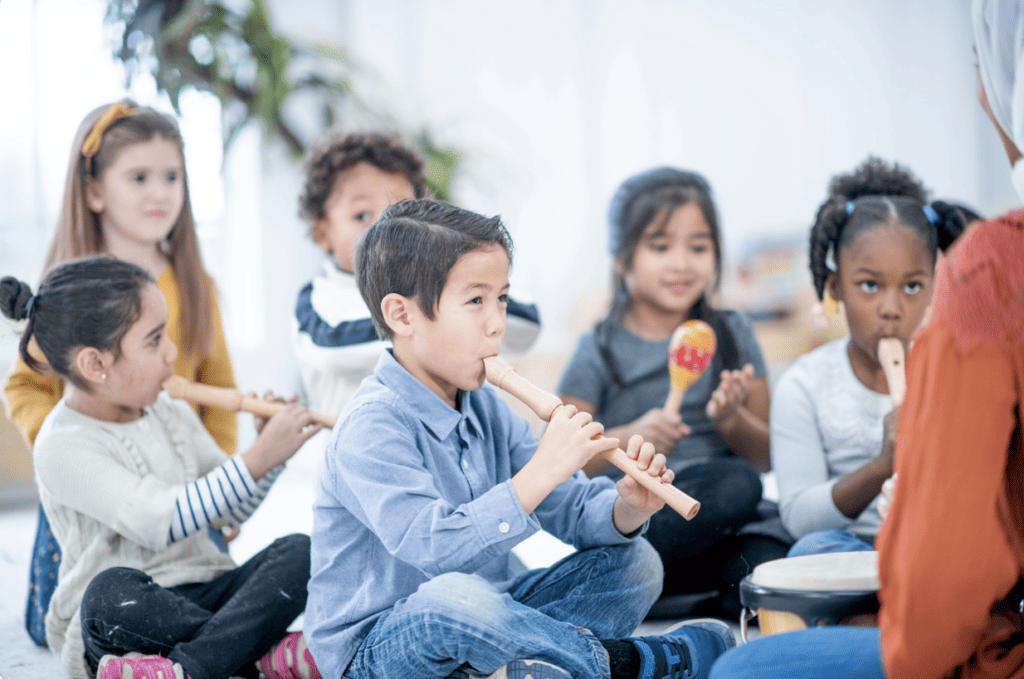
The
Preschoolers can be taught music and movement using the Montessori method through observed introductions. This means the activity is shown to the preschoolers silently without verbal instruction. Movement and music activities can also be taught through repetition and reinforcement.
How Does Music and Movement Help Preschoolers?
Music and movement are an integral part of the
Music and movement help preschoolers develop fine and gross motor skills while developing social skills. When preschoolers engage in an action song by singing and doing the actions, they discover new and creative ways to move their bodies. They do this while thinking sequentially and listening with purpose. Sequential thinking helps preschoolers develop problem-solving abilities.
Evidence suggests that music and movement activities help preschoolers with language development. The repetition and rhythm of action songs help children recognize phonetics. Music and movement activities can help preschoolers to express themselves non-verbally while being creative and expelling energy.
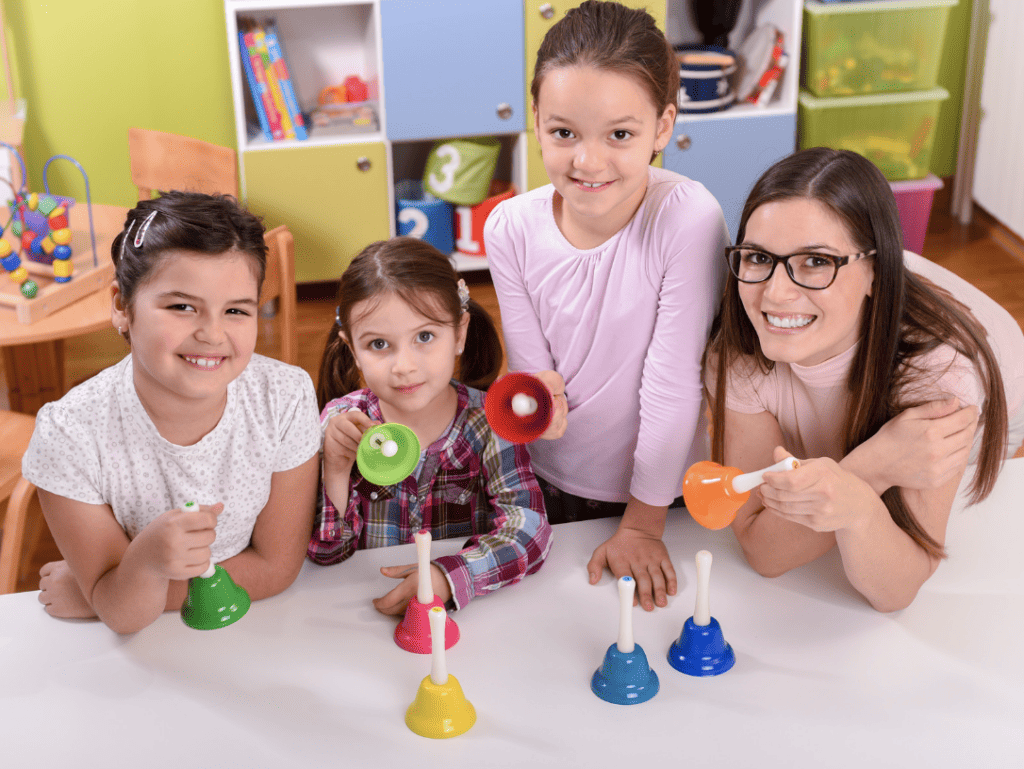
Music and movement activities are great for preschoolers’ physical and emotional well-being and help preschoolers with their self-awareness. Through music and movement activities, preschoolers learn how music makes them feel and how their body feels when they move in response to it.
Research has shown that music and movement activities can help children with math education. The beat and rhythm of music help children understand the concept of “more” and one-to-one correspondence or rational counting.
Music can influence the mood of preschoolers. Music can help children to feel energized and excited, and it can help to calm and soothe preschoolers too.
Music and Movement Activities for Preschoolers
Now that we have covered how to teach music to preschoolers and why it is so beneficial, here are ten music and movement activities for you to try.
1. Tissue Dance
The tissue dance helps preschoolers understand cause and effect. To do the tissue dance, you will need some tissues and music. You place a tissue on the preschooler’s head and put some music on. The preschooler can move their body as the music encourages, but they must keep the tissue on their heads.
2. Feather Dance
Similar to the Tissue Dance, this activity requires preschoolers to think about how their movements can affect an object. For this activity, put on some music and give each preschooler a feather. The aim is to keep the feather in the air by blowing on it.
3. Animal Dance
Animal Dance is a fun way to teach preschoolers about animals. For this game, you can put on music that matches the types of animals the children will be imitating. This can be the sounds of the forest or the ocean. You can also play happy music if you prefer.
For this game, you shout out which animal the preschoolers should imitate while the children move to the music.
4. One Potato, Two Potato
One Potato, Two Potato is a rhythmic chant that helps to teach preschoolers how to count. You can do this chant using hand movements or while playing hopscotch.
5. Simon Says
Simon Says is a classic childhood game that is easy to turn into a fun music and movement activity for preschoolers. To add a musical twist to the game, put on some music and have the children do big or small movements when you say Simon says.
6. Finding the Rhythm
Finding the Rhythm is when you give the preschoolers an instrument like a drum or a shaker, put on see music and show them how to shake or drum to the beat or rhythm of the music.
7. Dancing Body Parts
For this activity, your preschoolers can only move the body part you call out to dance to the music. Dancing Body Parts is a fantastic game for improving self-awareness in preschoolers.
8. Loud and Quiet
There are a few ways to introduce preschoolers to the concept of loud and quiet sounds. One way is to sing “Oh So Quiet”, a song that starts really quiet and progressively gets louder until you bring it back down to quiet towards the end.
Another activity is to have the preschoolers play various musical instruments and tell you which one makes a loud or quiet sound.
9. Painting to Music
For this activity, you will need a large piece of paper and some paints. Lay the paper or sheet on the floor and play some soothing music. The preschoolers then use the palms of their hands to paint however the music makes them feel.
10. Add to the Beat
Add to the beat is when the preschoolers stand in a circle. To begin the game, one of the preschoolers creates a beat by clapping their hands or stomping their feet. The person to their left then adds to the beat by repeating the action or adding to it.
Any of these music and movement activities can be done at home or in the classroom. They all help preschoolers develop crucial skills. These activities help preschoolers be creative and active. These activities also help preschoolers develop fine and gross motor skills and aid in cognitive development while encouraging preschoolers to listen with purpose.
Sources:



